Expected Progeny Differences by Brad Johnson
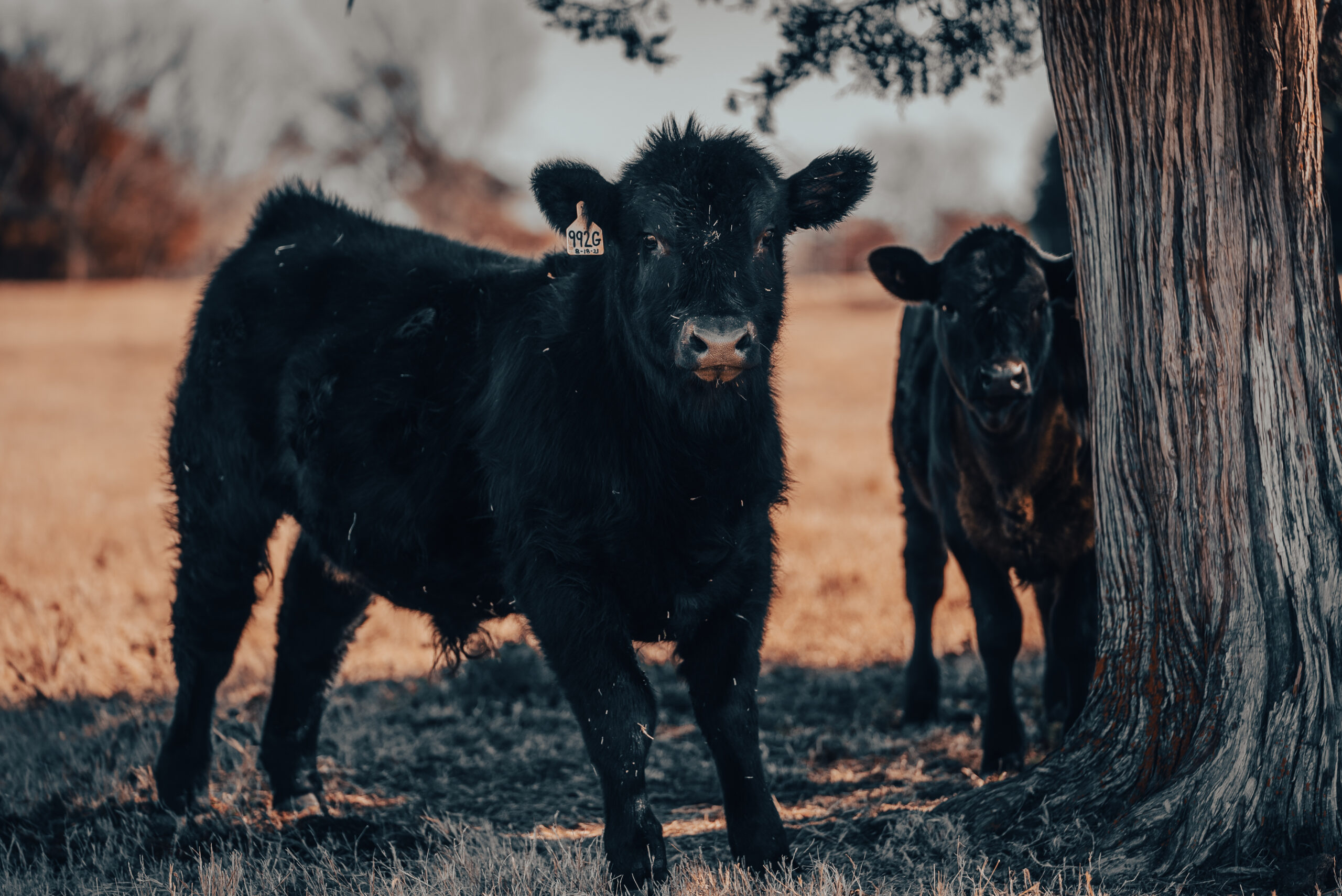
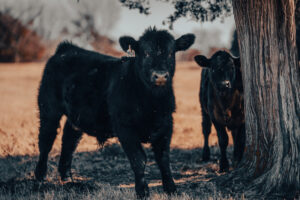
[adning id=”33097″]
Spring is in the air and grass is starting to significantly ‘green’ and grow.
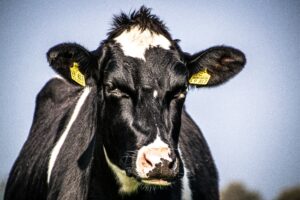
Fall calving beef cattle producers are planning to wean calves soon and pick cowherd replacement heifers before marketing their calf crop. Hopefully, cows and yearling heifers are bred, while herd bulls have been pulled and are eating the needed feed to recover body condition lost during the breeding season.
Due to their level of activity and not always eating much during the breeding season, bulls often lose two or three body condition scores (1 to 9 scale, 1 = emaciated, 5 = average, 9 = grossly obese) throughout a 60-day breeding season, with each body condition score representing approximately 80 pounds.
Spring calving beef cattle producers have started their breeding program (Embryo transfer, artificial insemination, and/or herd bulls) or have made the appropriate plans, with cows and heifers receiving the nutrition needed (feed and/or vitamins/minerals) for them to reach the body condition (BCS 4, 5 or 6) to maximize conception.
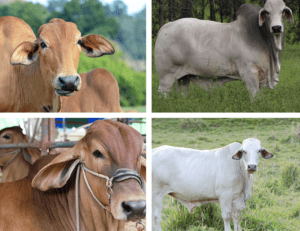 Information to help the beef cattle producer make bull and female selection decisions are Expected Progeny Differences or EPDs. Expected Progeny Difference is defined as a measure of the expected difference in performance of a sire or dam’s progeny when compared to the average progeny performance of all sires or dams evaluated in the same breed.
Information to help the beef cattle producer make bull and female selection decisions are Expected Progeny Differences or EPDs. Expected Progeny Difference is defined as a measure of the expected difference in performance of a sire or dam’s progeny when compared to the average progeny performance of all sires or dams evaluated in the same breed.
This prediction is based on actual progeny performance, performance information of the individual and contemporaries, and pedigree information of the individual and relatives. Accuracy and further refinement of an individual’s EPD’s can be increased by testing of the individual’s genetics, which are known as genomically-enhanced EPDs. EPDs are generally expressed in the actual units of measure for each trait. For example, EPDs for birth weight, weaning weight, and yearling weight are expressed in pounds, while a yearling height EPD is expressed in inches.
[adning id=”33097″]
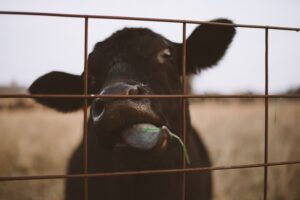 EPDs can and do change for each individual, as more information is gathered and analyzed, which results in an Accuracy value, between 0 and 1.00 for each EPD. Accuracy is a measure of how closely an EPD reflects the true genetic merit of an animal. As the amount of information used to calculate each EPD increases, the accuracy of the EPD increases.
EPDs can and do change for each individual, as more information is gathered and analyzed, which results in an Accuracy value, between 0 and 1.00 for each EPD. Accuracy is a measure of how closely an EPD reflects the true genetic merit of an animal. As the amount of information used to calculate each EPD increases, the accuracy of the EPD increases.
Use EPDs to compare sires or dams of the same breed, not to predict actual weights. EPDs are breed specific and cannot currently be used to directly compare sires or dams across breeds.
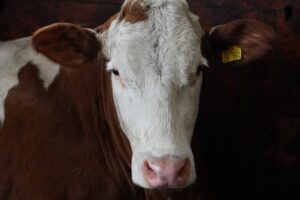
An EPD of 0.0 does not equal the breed average. Differences in the base year used to calculate EPDs by the various breed associations moves breed average EPDs away from zero. An easy way to determine average EPDs for a breed (if they’re not published) is to use the percentile tables published in each breed’s sire summary annually or more frequently.
A percentile rank of 50 percent for any given EPD is the breed average. A percentile rank of 10 percent for an EPD places an individual in the top 10 percent of the breed for that trait, while a percentile rank of 90 percent, ranks an individual in the bottom 10 percent of the breed for that trait.
[adning id=”33097″]
Genotype (the animal’s genetic merit) and phenotype (the animal’s physical traits) are not always well correlated. The phenotypically best animal may have what is considered to be an inadequate set of EPDs, while the genotypically superior animal may be a phenotypic wreck. Unfortunately, this situation can happen, resulting in using a balance of phenotype and genotype to select herd bulls and replacement females, as the best solution. Additionally, selection for too much or not enough of any trait can be detrimental.

For example, too much muscle or birth weight can lead to dystocia (birthing difficulties); too light of a birthweight can lead to weak calves or calves with sub-par growth and/or carcass potential, and to daughters that experience increased dystocia; while too much growth and milk can have a negative effect on reproduction. The point is, each operation should evaluate the strengths and weaknesses within their cowherd and make selection decisions that result in progress There are numerous environments and scenarios into which different levels of EPDs are appropriate.
Brad Johnson is an Agriculture Agent for Prairie View A&M University Cooperative Extension Program in Hopkins and Red River Counties.
[adning id=”33097″]














